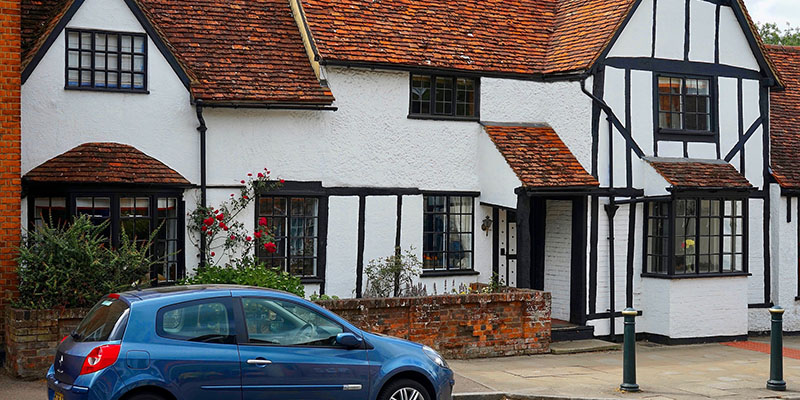
How can you Upgrade your Home’s Insulation?
Did you know, despite the age of your property, or whether it already has insulation installed, you can upgrade it to make it more energy efficient. Most of the population lives in already existing houses (not new builds) therefore, many homeowners across England are constantly adding newer forms of insulation to keep their properties energy efficient and to save them money on their bills.
Unfortunately, the problem with older buildings is that the insulation materials used, and the services carried out may be outdated, especially in really old buildings. But this doesn’t mean you can’t upgrade your insulation. Old properties offer so much tradition and character but can be costly on your energy bills if not properly treated.
Key Areas of Insulation in Old Homes
1. Wall Insulation
While most properties built post-1920 have cavity walls, some buildings have still opted the solid external wall approach. It is important to understand the difference here because the method of insulation and products used can differ.
Both solid wall and cavity wall insulation offer excellence thermal insulating benefits that can help you retain heat in winter and keep things cool in summer while reducing your energy bills every month. You can check out our guide here that will help you assess your property and find out if you have a cavity wall or not.
2. Roof Insulation
Roof insulation can also differ depending on the type of building/property. Residential properties usually have a pitched roof; however, some may also have a flat roof like commercial properties have.
Your roof can be insulated around the joists that hold up the pitched structure and/or in the flooring. These different areas of your roof can use different insulation products and methods and can both contribute to making your home more energy efficient.
For example, some roofs can be difficult to insulation with pre-cut materials and boards, thus, they will benefit greater from a blown-in solution such as fibreglass or cellulose insulation. Blown-in roof insulation can help insulate all nooks and crannies of the area, leaving every inch covered by insulation.
While some floor joists may be easier to lay down pre-fabricated insulation products and some can even be done D.I.Y. However, we always recommend using a professional for the optimum results and expertise.
3. Floor Insulation
Similar to your walls and roof structure, homes, especially older ones, can have a variety of types of floors that will need to be assessed before providing the correct type of insulation. By investing in underfloor insulation, you can prevent heat loss, save money, reduce your carbon emissions output, mitigate pipe damage risks and a lot more.
Floor insulation is often overlooked but it can make a whole lot of difference for you and your home. Whether you’re looking to reduce your energy bills, live in greater comfort or reduce your carbon footprint, by installing the right type of floor insulation, you can meet these objectives and much more.
As mentioned, the type of floor will be important for a successful insulation job. For example, you may have suspended floors, solid concrete floors or a more modern floor type (if your older property had some internal renovation). Therefore, it is key to assess your types of floors before making a decision on your insulation. You can use this article to help you identify your floor type.
Assess your Home’s Insulation
Once you have had new home insulation installed, you can then assess your property by ordering an Energy Performance Certificate (EPC). This document will tell you how energy efficient your home is and also provide indicators on where and how you can further improve (if you wish).
Your EPC certificate can be essential, and it is actually a legal requirement if you either own a commercial property or you are a landlord who rents their home to others. You can order your EPC certificate here.


